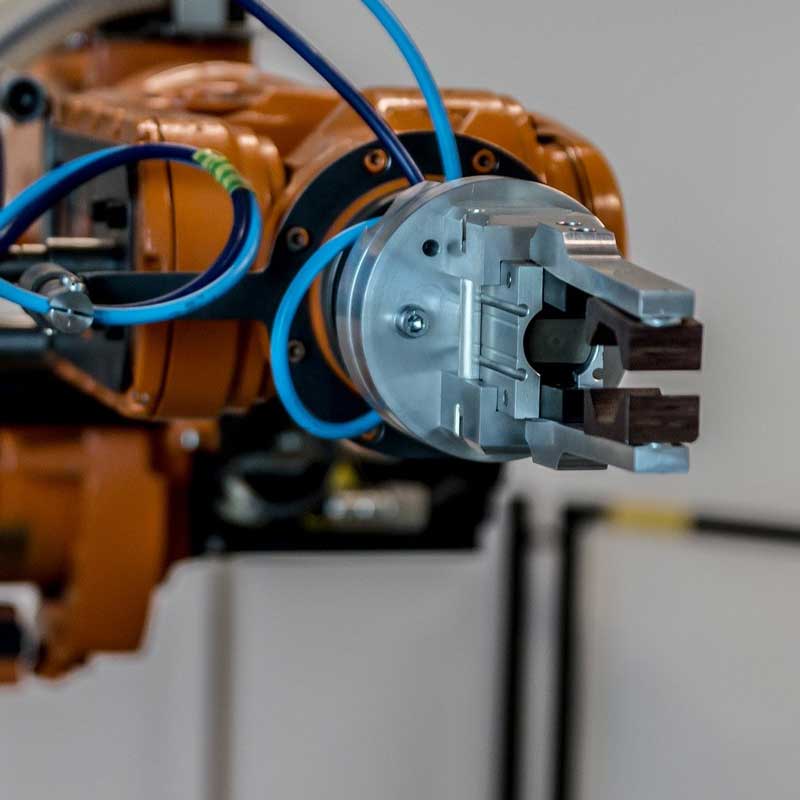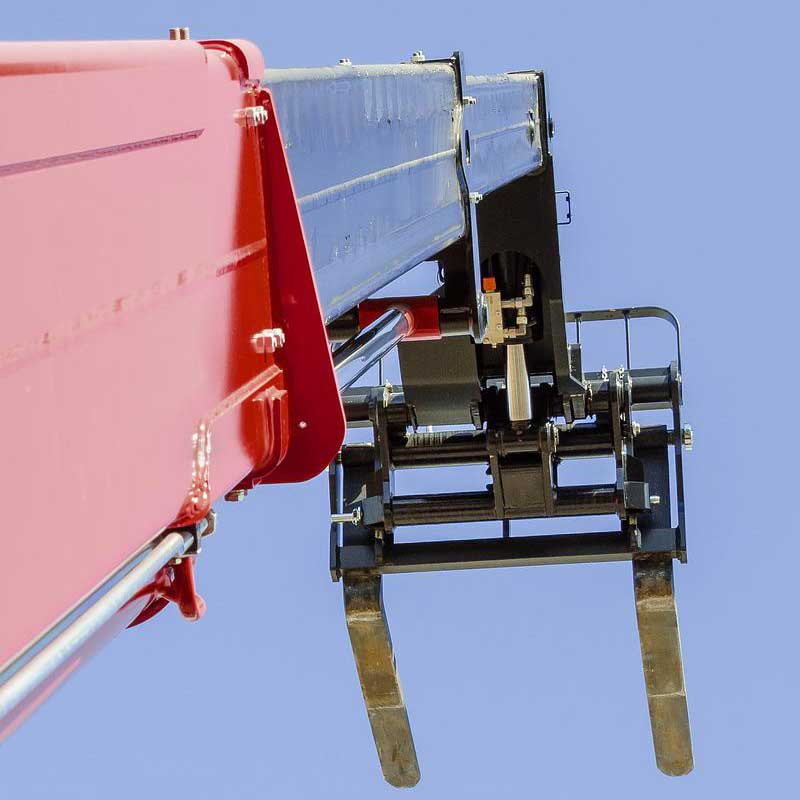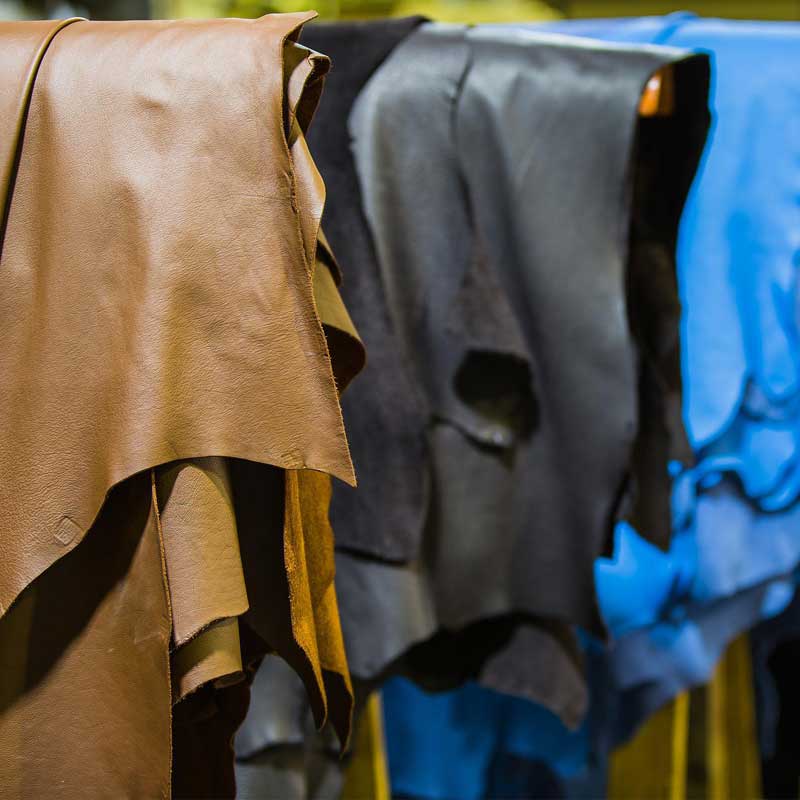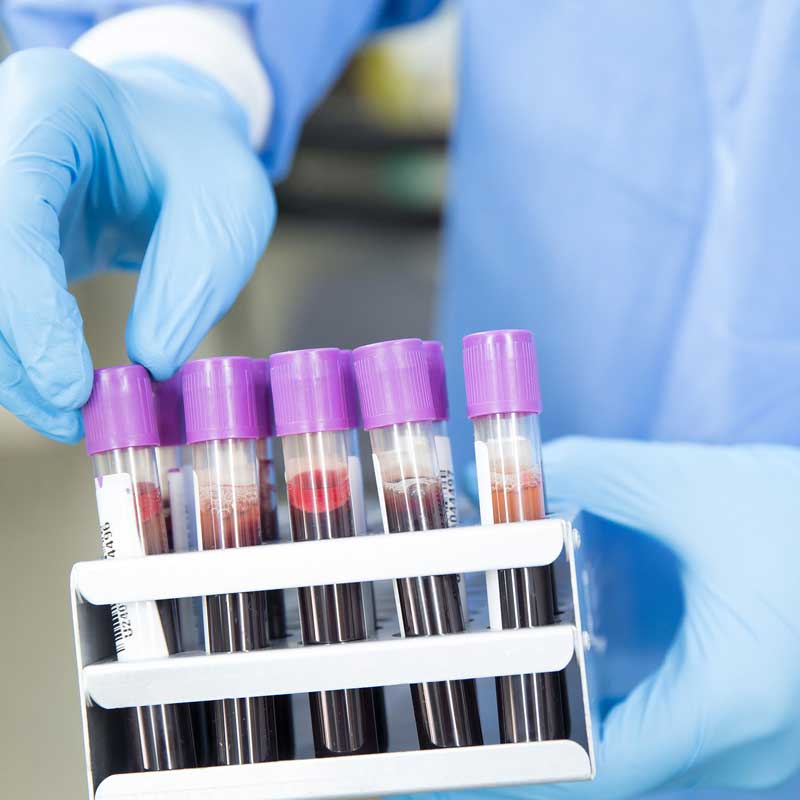Identifying the Jaw Position for High Precision Robot Grippers by Miniature Inductive Sensors
A manufacturer of motorized handling components for the automation industry provides gripper systems to end-users worldwide. They need special sensors to warrant the most flexibility and reliability for the end-user. This necessity is even more, especially in the case of space limitations during the installation of grippers.
What type of sensor is the best solution?
Miniature range inductive sensors are ideal for this application. They address the most demanding user applications' reliability and space constraints.
With built-in evaluative electronics, they are as effective as large sensors. High switching frequencies (up to 5000 Hz) address the short cycle times of small-part gripper applications.
The features of these sensors:
· The most miniature standalone inductive sensors
· The sensor's diameter: 3 mm
· A switching distance of 0.6 mm
· The repeatability accuracy: 0.01
· Reliable detection of jaw's position
· Reliable gripping point optimization
· The protection class of the housing: IP67
· Suitable for small grippers and limited spaces
· High switching frequencies (up to 5000 Hz)
How do these sensors work?
When boarded opposite the cam on the gripper jaw, the sensor determines and transmits the jaw's position. A built-in LED instantly shows when the cam is within the switching range.
After reviewing these sensors' applications, it's time to view these products. To do so, click on inductive proximity sensors.

Among the leading manufacturers of automotive sensors, Contrinex is one of the largest. Step in to get to know Contrinex company.
Are you curious about these sensors? Learn more about it in our article Inductive Proximity Sensor Types
Do You Need Help For Field Installation?
We have thought everything through, submit your request for an on-site support.
Do You Need More Solutions? Have a Look at Our Vast Applications

Checking Functions in High-Reach Forklift Trucks via Inductive Sensors

Using Access Control Barriers at Gateways to Automated Stock Area by Tanneries

Detecting the Presence and Orientation of Caps of Blood Test-Tubes by Means of Photoelectric Analog Reflex Sensors
Related Products
